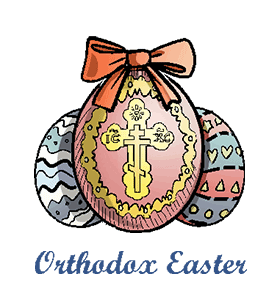Orthodox Easter
Orthodox Easter Quick Facts in Australia
| AKA Name | Pascha, Feast of Feasts |
|---|---|
| Hashtags | #OrthodoxEaster |
| Related Hashtags | #Easter |
| 2026 Date | 12 April 2026 |
| 2027 Date | 2 May 2027 |
2026 Holidays & Dates - Australia
| Australian & Common Holidays | ||
| Misc. & Int'l. Observances | ||
| Christian Holidays | ||
| Jewish Holidays |
› | ||
